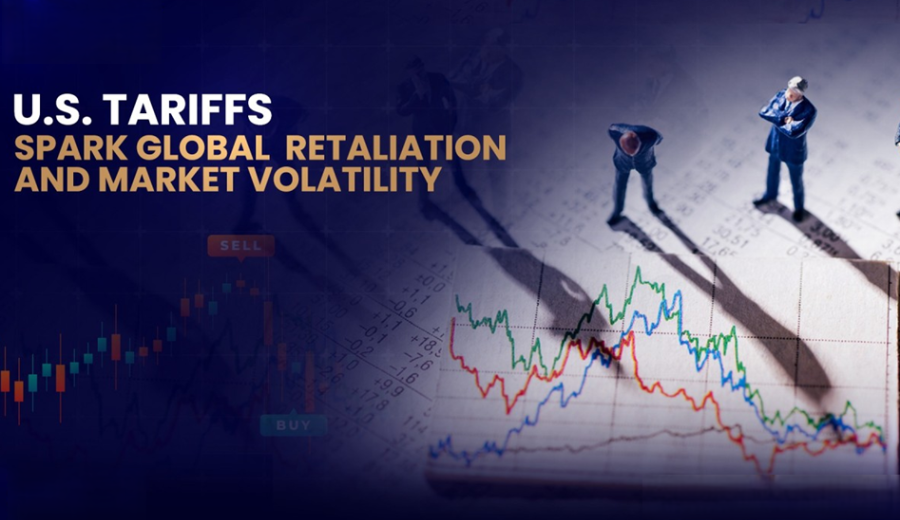As of April 22, 2025, the U.S. economy is encountering significant challenges. Recent data indicates a contraction in GDP, persistent inflation, and heightened market volatility, all exacerbated by newly implemented tariffs and evolving investor sentiment.
Economic Indicators Signal Slowdown
The Conference Board’s Leading Economic Index (LEI) declined by 0.7% in March 2025, marking a continued downward trend and suggesting potential economic deceleration . Additionally, the Atlanta Federal Reserve projects a 2.2% contraction in GDP for the first quarter of 2025, raising concerns about the trajectory of economic growth.
Inflation and Consumer Sentiment
Inflation remains a pressing issue, with the annual rate at 2.4% as of March 2025 . This persistent inflation is impacting consumer purchasing power and contributing to a decline in consumer confidence. A recent Gallup poll indicates that a majority of Americans now believe their personal financial situations are worsening, reflecting growing economic pessimism.
Market Volatility and Investor Concerns
Financial markets have experienced increased volatility, with significant declines in major indices. The Dow Jones Industrial Average and the S&P 500 have both seen substantial drops, influenced by investor concerns over economic policies and geopolitical tensions . Furthermore, the U.S. dollar has weakened, reaching a three-year low, while gold prices have surged as investors seek safe-haven assets.
Impact of New Tariffs
The implementation of new tariffs in April 2025 has added strain to the economy. Analysts estimate that these tariffs could reduce real GDP growth by up to 0.9 percentage points in 2025, with long-term effects potentially leading to a permanent decrease in GDP by 0.6% . Sectors such as energy, real estate, and manufacturing are particularly vulnerable, facing reduced earnings expectations due to increased costs and supply chain disruptions.
Outlook
The convergence of these factors—economic indicators pointing to a slowdown, persistent inflation, market volatility, and the impact of new tariffs—paints a challenging picture for the U.S. economy in 2025. Policymakers and investors alike will need to navigate these complexities carefully to mitigate potential long-term adverse effects.
















